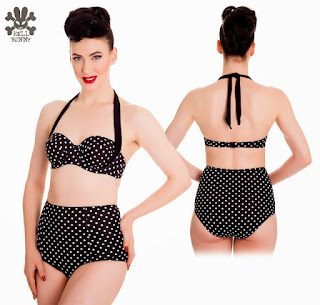Hello Paper Dolls!
With the creation of standard time, time balls were invented so that sailors could adjust their chronometers, or timepieces, while at sea. With a telescope, they would scope the harbor and watch for a time ball to drop at a specific time, usually noon or 1 p.m. The first time ball was installed in 1829 in Portsmouth, England. The U.S. Naval Observatory followed suit and began dropping a time ball in 1845 in Washington’s Foggy Bottom neighborhood. Soon many port towns and cities adopted the practice.
The New York Times building in midtown Manhattan was completed in 1904. Photo by A. Loeffler, Tompkinsville, N.Y./Library of Congress
It was one of these time balls that became the inspiration for Walter Palmer, The New York Times’ chief electrician, who re-imagined the maritime timekeeping ritual as a unique finale to the city’s end-of-the-year party.
In 1904, New York City’s New Year’s Eve celebrations moved up to the New York Times building at 46th St and Broadway. Crowds had previously gathered at Trinity Church in downtown Manhattan, near Wall Street, to hear the bells ring at midnight. In lieu of chimes, The New York Times company produced a midnight fireworks spectacle to lure more New Yorkers north. That proved effective but also disastrous when hot ashes, the remnants of the fireworks, rained down onto the streets.
 When the New York Police Department banned fireworks, New York Times publisher and owner Adolph Ochs approached Palmer to find a new light display. He sought to combine the time ball tradition with electricity for an unforgettable welcome to 1908.
When the New York Police Department banned fireworks, New York Times publisher and owner Adolph Ochs approached Palmer to find a new light display. He sought to combine the time ball tradition with electricity for an unforgettable welcome to 1908.
Upon Palmer’s design, Ochs commissioned the Artkraft Strauss sign company to create a 700-pound ball made of iron and wood with 100 25-watt light bulbs attached to its surface. At midnight, the ball descended down the repurposed mainmast of the battleship USS New Mexico, with a system of pulleys.
What distinguishes the current ball from earlier predecessors is the multitude of lights and crystals. At 11,875 pounds and 12 feet in diameter, the Big Ball has 2,688 Waterford Crystals that refracts the light of 32,256 Philips LEDs.
Come down to Paper Doll Vintage to and get dressed up to bring in the New Year in style!
Source:
http://www.pbs.org/newshour/rundown/having-a-ball-the-history-behind-american-new-years-eve-celebrations/







































